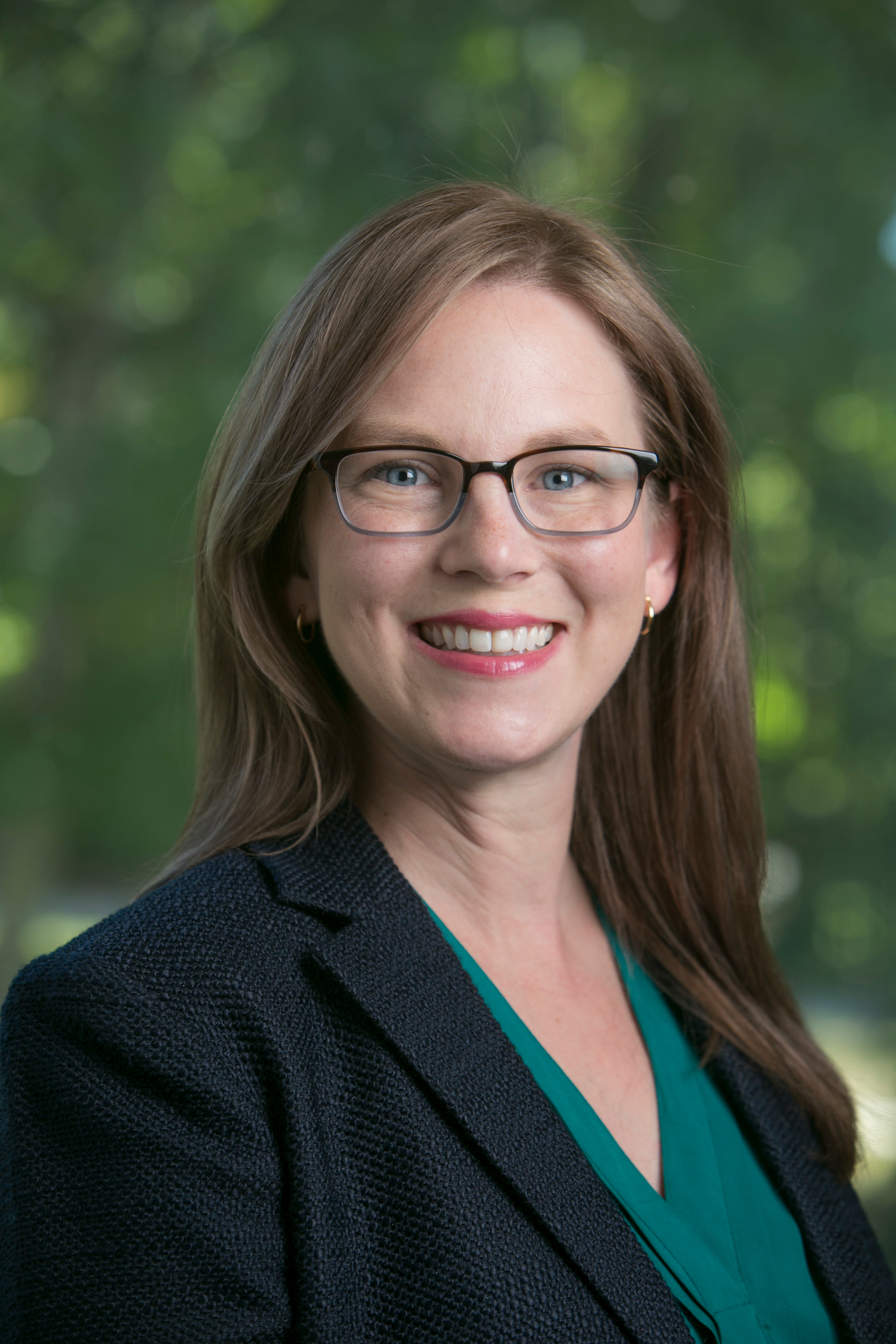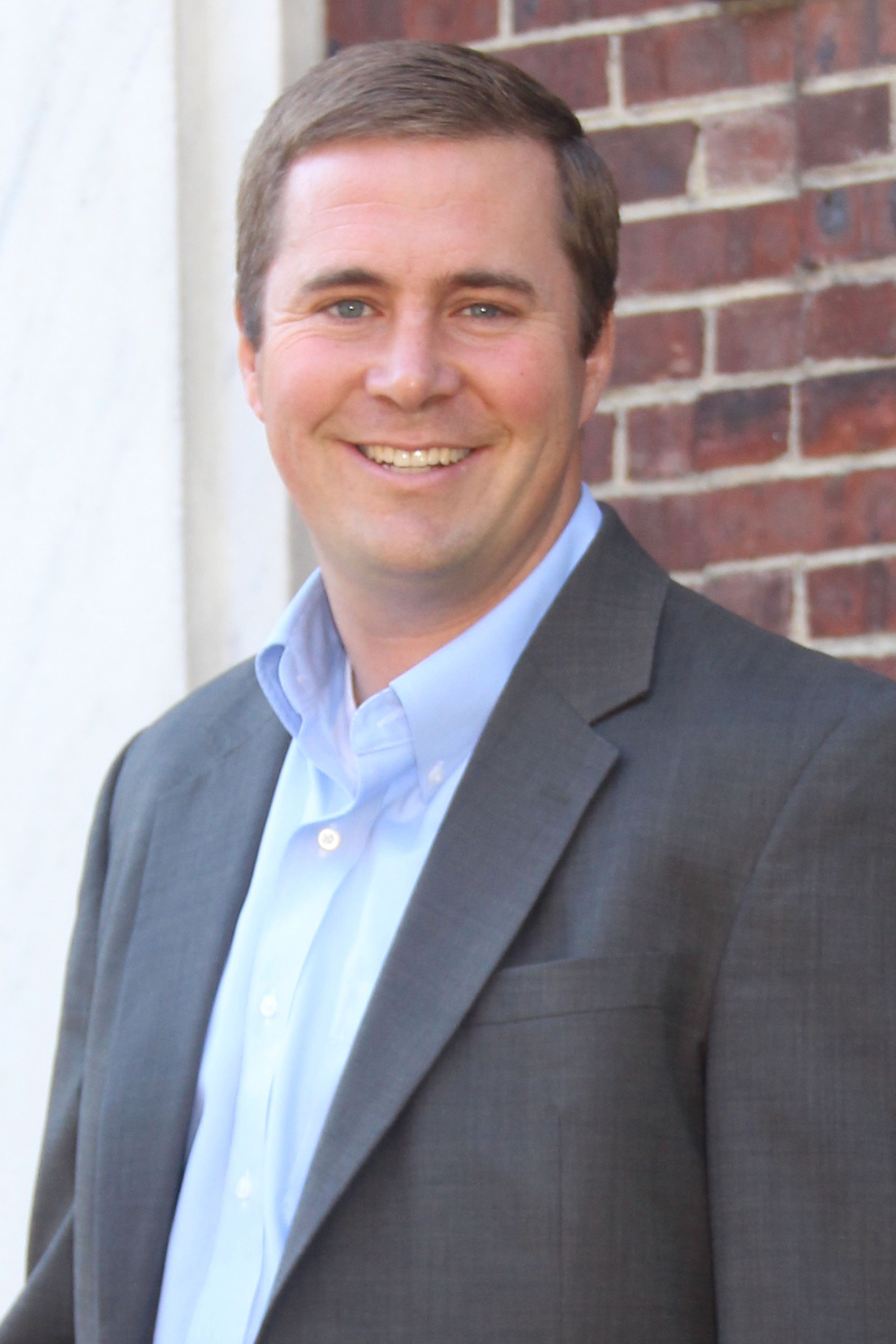 (iStock/artisteer)
(iStock/artisteer)CHICAGO — Donor-advised funds (DAFs) are an increasingly popular way to contribute to charity by allowing a donor to store future contributions in a fund that provides a tax benefit upon deposit and accrues interest. However, over the last few years, DAFs have been critiqued as a convenient way for donors to receive the tax benefit without immediately distributing the money to charitable organizations. In the last year, the topic has reached the highest levels of government as the
Accelerating Charitable Efforts Act (S. 1981) is now in the hands of the U.S. Senate’s Finance Committee.
New research by the Donor-Advised Fund Research Collaborative, led by DePaul University Assistant Professor Danielle Vance-McMullen and Brigham Young University Assistant Professor Dan Heist, found robust evidence that DAFs exhibit a wide range of giving strategies. This evidence clarifies the public debate around DAFs and informs nonprofit leaders who pursue DAF grants or sponsor DAF programs.
“Summary statistics that lump all DAF donors together miss the variation of DAF strategies. This report disentangles some of those notions,” Vance-McMullen and Heist said. “In the end, there is no ‘typical’ DAF donor. There are several types of DAF donors.”
In reviewing the activity of 13,000 DAF accounts between 2017-2020, drawn from 21 community foundations and religiously-affiliated DAF sponsor organizations across the U.S., the collaborative found:
- More than half of the accounts (52%) had four-year average payout rates between 5-49%;
- About one-third (35%) paid out less than 5%;
- 13% had payout rates of 50% or more;
- 71% of DAF accounts made a grant in a typical year; and
- 86% made at least one grant over the four-year review period.
 Danielle Vance-McMullen is an assistant professor in DePaul University's School of Public Service, which is housed in the College of Liberal Arts and Social Sciences. (Photo courtesy of Danielle Vance-McMullen)About 42% of the DAFs that opened in 2017 had granted out their entire opening contribution by the end of 2020, and another 22% had granted at least half. Based on the data, the researchers expect 79% of the DAFs opened in 2017 will have granted all of their initial contributions within 15 years.
Danielle Vance-McMullen is an assistant professor in DePaul University's School of Public Service, which is housed in the College of Liberal Arts and Social Sciences. (Photo courtesy of Danielle Vance-McMullen)About 42% of the DAFs that opened in 2017 had granted out their entire opening contribution by the end of 2020, and another 22% had granted at least half. Based on the data, the researchers expect 79% of the DAFs opened in 2017 will have granted all of their initial contributions within 15 years.
“Account-level data shows that DAF accounts differ in important ways,” the researchers said. “In addition to differences in size and advisor demographics, DAF accounts exhibit different patterns of contribution and grant activity. These include accounts that grant most of their assets every year and accounts that operate like endowment funds. Documenting the prevalence of each of these characteristics and the relationships among them provides insights into larger DAF trends, including the growth of DAFs over time and changes in giving during the 2020 pandemic and economic recession.”
Among the other results:
- In 2020, during the beginning of the COVID-19 pandemic, the DAFs reviewed not only increased giving in April, but also increased their year-end giving.
- DAFs support the full range of individual donors and charitable giving strategies. While 11% of DAFs reviewed had over $1 million in assets, the majority were split between small (under $50,000) and medium ($50,000 - $1 million) accounts.
- Approximately 18% of DAFs received annual contributions, and 13% had an average payout rate of 50% or more, meaning the donor advisor was distributing at least half of the account’s funds to charities each year.
- Accounts over $1 million represented at least 85% of the assets despite being only 11% of all accounts. These same accounts were responsible for 86% of the grant making increase between 2019 and 2020 and increased their grant making 142% since 2017.
- Compared to small accounts, large accounts had lower median payout rates but more consistent grant making. They were also more likely to increase grant making in 2020.
 Dan Heist is an assistant professor in the Romney Institute of Public Service and Ethics at Brigham Young University. (Photo courtesy of Dan Heist)
Dan Heist is an assistant professor in the Romney Institute of Public Service and Ethics at Brigham Young University. (Photo courtesy of Dan Heist)The goal of the researchers was to provide nonprofit leaders and policymakers with a more robust evidence base to inform management decisions and public policy. In future work, they would like to expand the universe of DAFs analyzed. In particular, the current study had limited representation of small DAF sponsors and did not include DAF accounts at national sponsor organizations, such as those typically affiliated with commercial financial institutions and those that sponsor micro-DAFs for the purposes of workplace giving. The researchers also plan to track DAFs over a longer period to make more robust conclusions about the shelf life of DAF contributions and the life cycle of DAF giving.
Funding for the research and the subsequent white paper came from the Bill & Melinda Gates Foundation. The research and white paper are available for viewing on the
collaborative’s website.
###
Sources:
Danielle Vance-McMullen
Dan Heist
Media contact:
Russell Dorn
312-362-7128